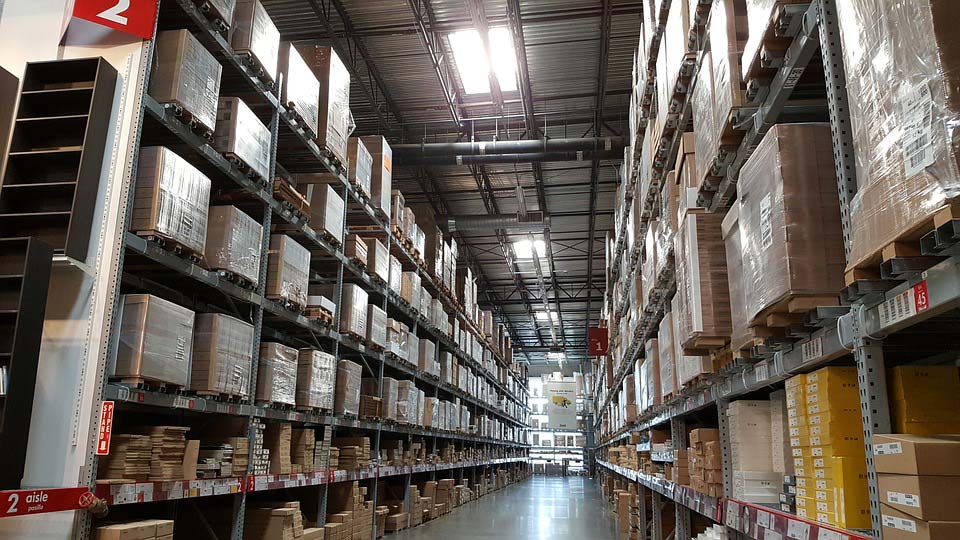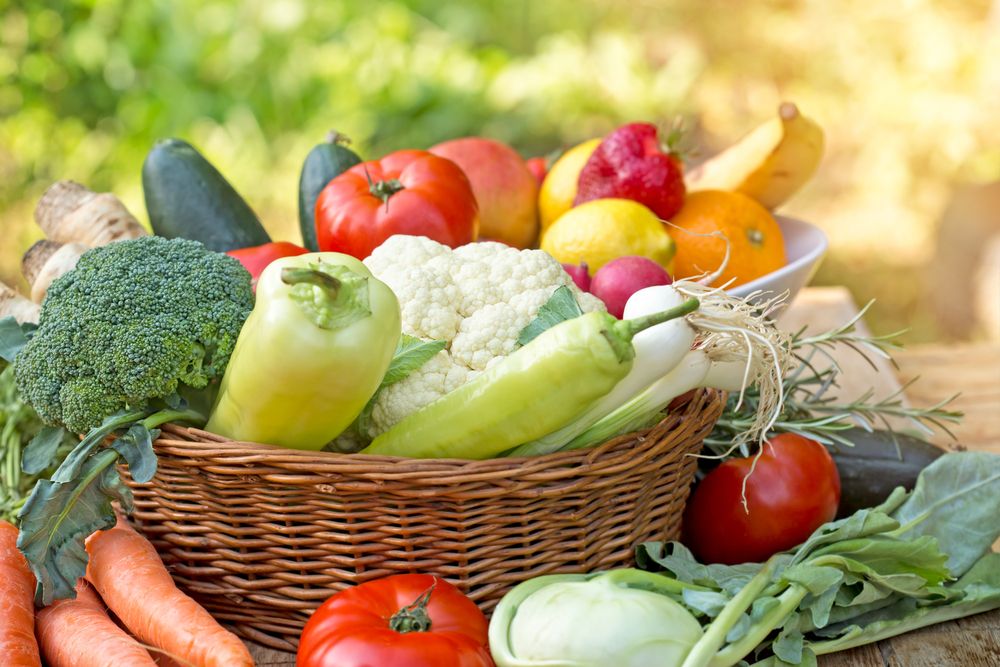Impact of GST on FMCG sector Impact of GST on FMCG sector

After Demonetization, GST has been one of the biggest transformations that India has seen in years. Amidst the hustle bustle going around the nation, GST became a game changer for the Indian Economy, certainly affecting the “Aam Aadmi” to the Business Entrepreneurs as well. From boosting up the consumer goods-industry (FMCG Industry) to bring forth varied benefits to the economy, the new Goods and Services Tax (GST) regime can make the market go up within the shortest time.
It is quite evident that GST has made a visible change in the Indian Economy and FMCG, fourth largest sector in the economy, is amidst one of them to witness the same. The fact is undeniable that FMCG is one of the fastest growing sectors of the Indian Economy. VAT, Service Tax, Excise duty, Central Sales Tax etc have to be paid by the FMCG Sector under the current GST Regime. The Consumer Packed Goods or we can say the FMCG (Fast Moving Consumer Goods) current tax rate is nearly 22-24%; though the expected rate is 18-20%, which would be highly greeted by the major FMCG industry players. For CST, CVD, and SAD there was no credit available under the current tax regime; contrary to that, GST would include the input credit for all the GST payments made in the course of business.
Fall in the Logistics Cost:

The benefit under the GST Regime would be visible and considerable saving amount of expenses on logistics can be seen in FMCG Industry. The total cost of the distribution of the FMCG industry sums up to 2-7%, which might fall to 1.5% after the complete implementation of GST. A huge impact and change will be seen in terms of cost reduction owing to the payment of tax, smoother supply chain management, removal of CST, claiming input credit, under the GST Scenario. The result will lead to cheaper consumer goods.
Warehouse:

Many of the companies, according to their convenience and to enjoy a lot of tax benefits/holidays/exemptions, under the current tax regime set up their warehouses in the states like Himachal Pradesh and Uttaranchal. The dilemma is still there, to whether all the tax holidays, benefits and exemptions would be there or not, once GST is implemented. Since the costing is one of the major parts of any company, thus, major companies like ITC, Hindustan Unilever, Nestle, Dabur & Cadbury are still anxious regarding the migration of Tax holidays/exemptions.
Inflation in the Effective Tax Rate:
Aerated beverages have been given the highest rate slab of 28% under GST, with an additional tax of 12%. According to the varied Beverage companies, 40% is the effective tax rate for the sweetened aerated water and flavored water, which is not in line with the stated policy of maintaining uniformity with the existing weighted average tax that is below 40%. This has been very disappointing for varied companies like Coca-Cola India, Dabur India Ltd, Red Bull India Pvt. Ltd, Pepsi Co India Holdings Pvt. Ltd, and Pearl Drinks Ltd, as stated by the Indian Beverages Association (IBA).
Estimates by Euro ministers International, a market research firm, states that Carbonated Beverages in Indian Market is projected to grow by 3.7% every year between 2017 and 2021. A different study shows by research firm Nielsen, a consumption of 5.9 billion litres of soft drinks was seen in the year 2015.
GST Beneficiaries

The products that are widely consumed inclusive of toothpaste, hair oil, soaps, all have been enclosed in the 18% slab, which is lower than the 22-24% tax rate. Keeping the Frozen Vegetables and Branded Cheese have been under the 5% rate list that are largely neutral with the previous rates were around 3-4%. Cereals have been exempted, so are likely to become more affordable. Being already in the bracket of 4-6%, Coffee, Tea, and Sugar have not seen any impact on the prices. Most of all items are in the 18% tax bracket or might be below that. The minor category falls in the 28% tax slab.